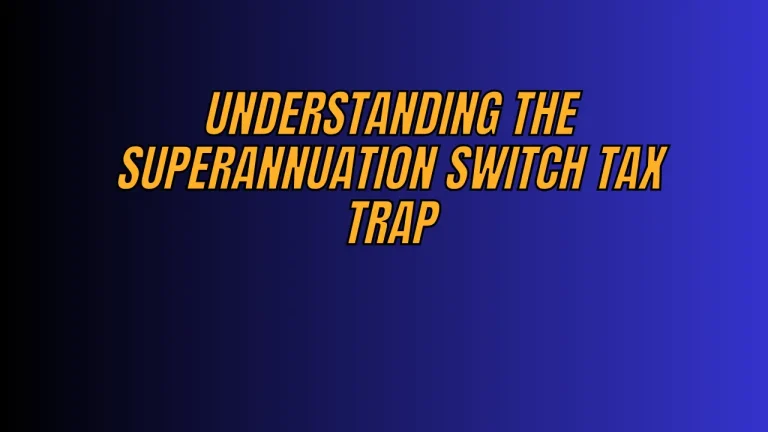Kathmandu has seen upheavals before, but the fury that spilled into Nepal’s streets this week felt different—raw, urgent, led not by the political parties that have long dominated the nation’s fragile democracy, but by a younger generation armed with smartphones, memes, and a bone-deep frustration at the old order.
The spark was small on paper: a government-imposed social media ban, justified as a measure to “restore order.” But in practice, it was the final straw. To Gen Z Nepalese—already seething over corruption, cronyism, and a political class viewed as self-serving—the blackout wasn’t just censorship. It was an insult.
From Screens to Streets
Students who once vented in group chats and TikTok reels poured into public squares, carrying cardboard signs scrawled with bitter humor and righteous anger. “This is our revolution. It’s our turn now,” one protester shouted in a clip smuggled out on VPNs before authorities could fully throttle the networks.
When police cracked down, the movement only grew. Over days, rallies spread from Kathmandu to Pokhara and beyond, swelling in intensity. The government’s attempt to silence dissent through a digital blackout had the opposite effect—it drove the discontent into the open air.
Violence and a Breaking Point
The protests turned bloody. At least 19 people were reported dead after clashes with security forces, their names echoing in chants across university campuses. Tear gas and curfews followed, but so did candlelight vigils and marches. The army was eventually deployed to restore calm, but by then the damage was political as much as physical.
Facing mounting pressure, the Prime Minister tendered his resignation. For many in the crowd, it felt like a symbolic victory—though a hollow one, given how often leaders in Nepal fall only to be replaced by others from the same entrenched networks.
The Gen Z Factor
What sets this uprising apart is its demographic engine. Nepal’s young people—raised in an era of internet globalization, watching protests in Hong Kong, Iran, and now their own neighborhoods—are no longer content with token reforms. They want accountability. They want transparency. They want a government that works for them, not for party dynasties.
The social media ban, ironically, underscored just how powerful that generation has become. By trying to cut them off from the digital public square, the state only revealed its fear of their organizing power.
What Comes Next
The resignation doesn’t fix corruption, nor does it guarantee freer speech. Nepal’s politics are notoriously volatile, prone to coalition collapses and abrupt swings. But something has shifted. A generation that once seemed disengaged has found its voice—and it is loud, unfiltered, and unwilling to go back.
On the streets of Kathmandu, burned-out tires still smolder. Graffiti scrawled across government walls reads simply: “Enough.” It’s not just a slogan. It’s a warning to whoever comes next.







